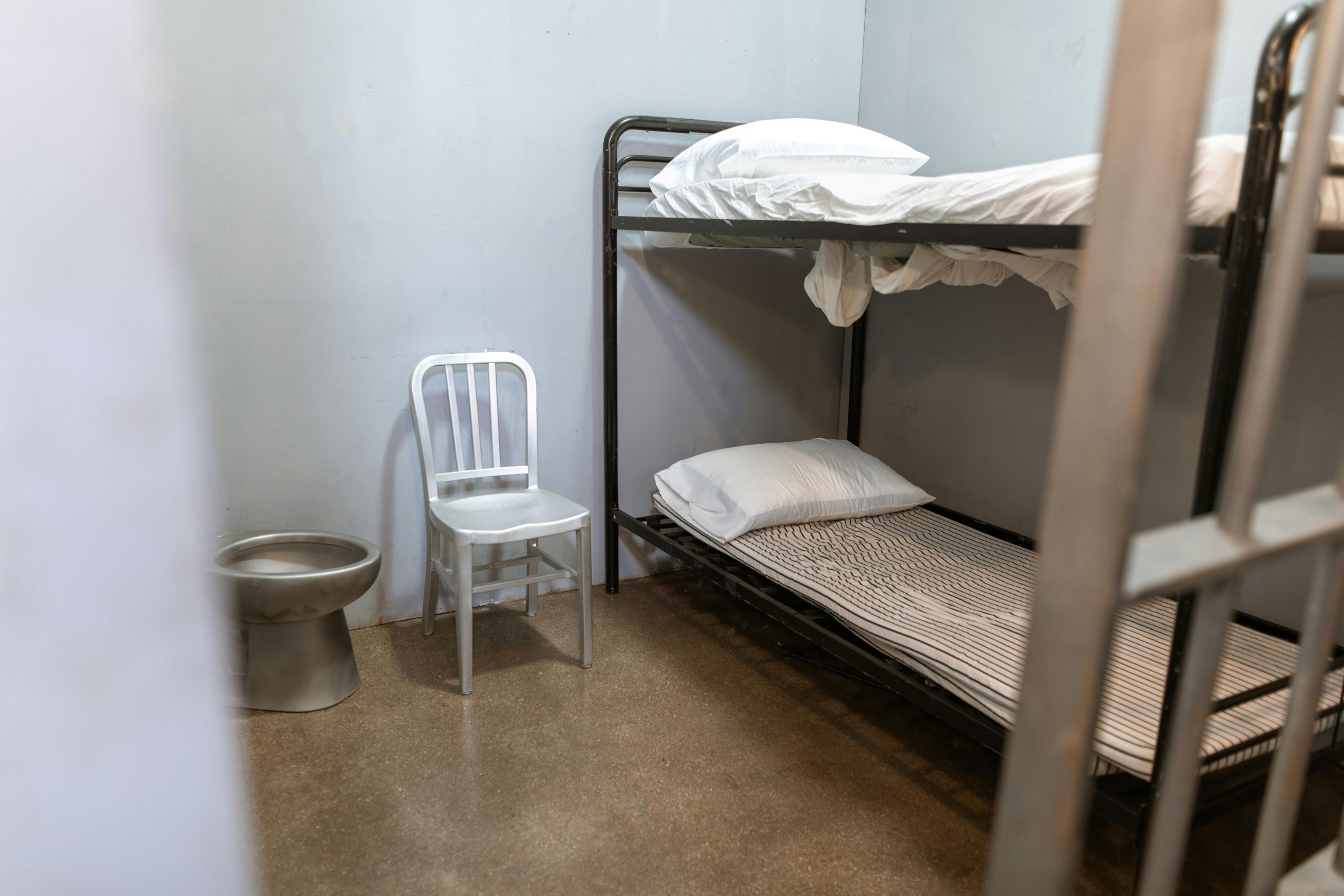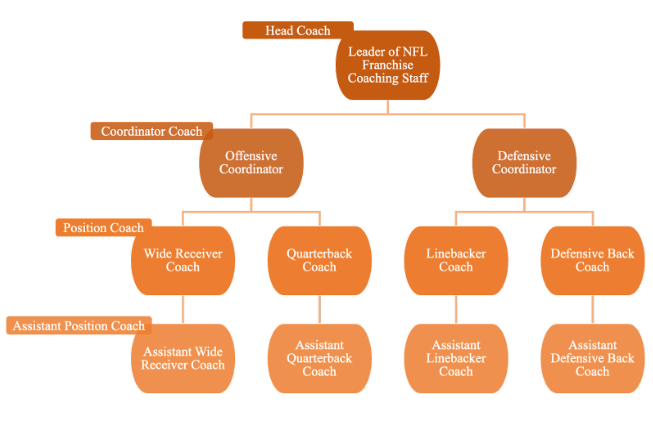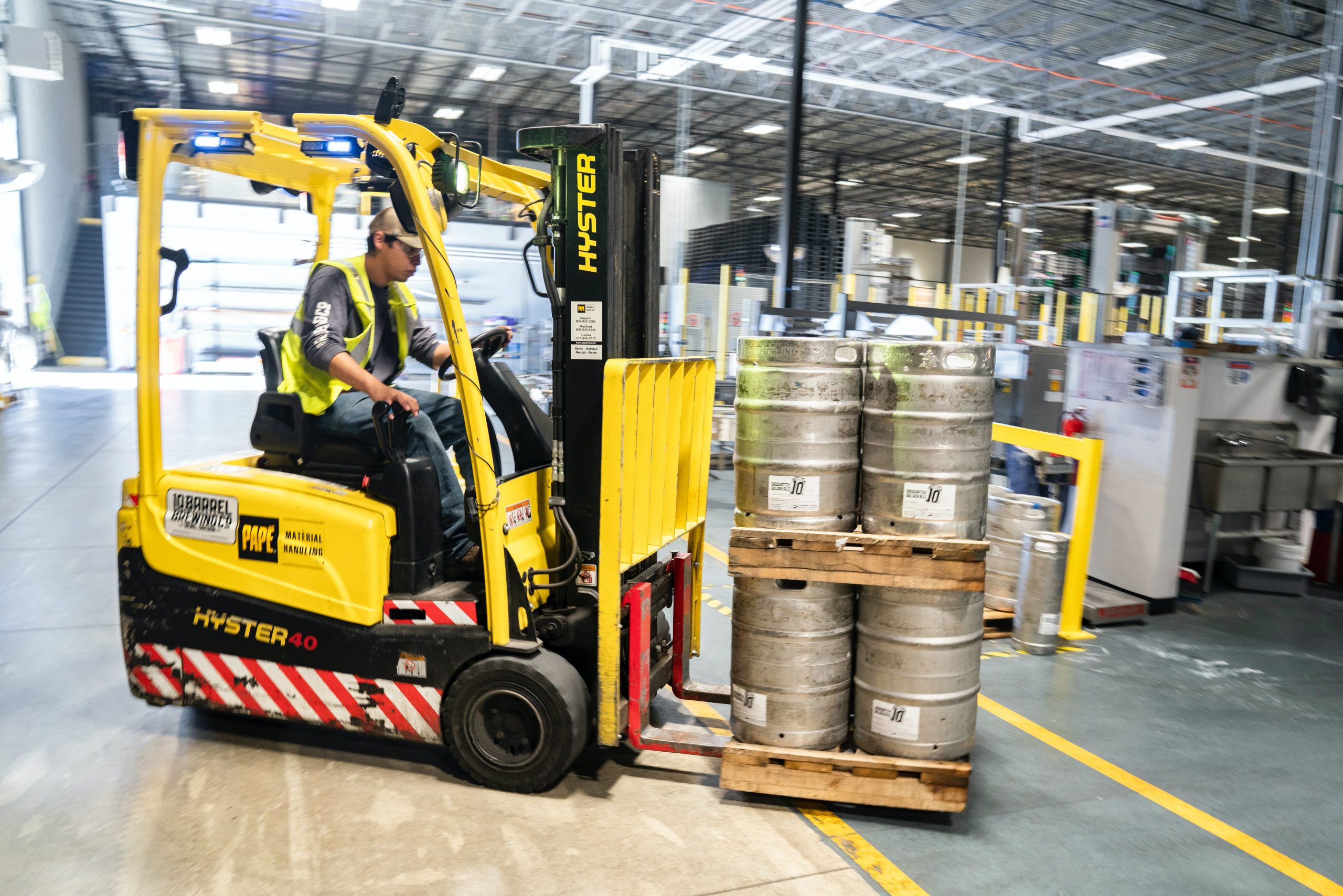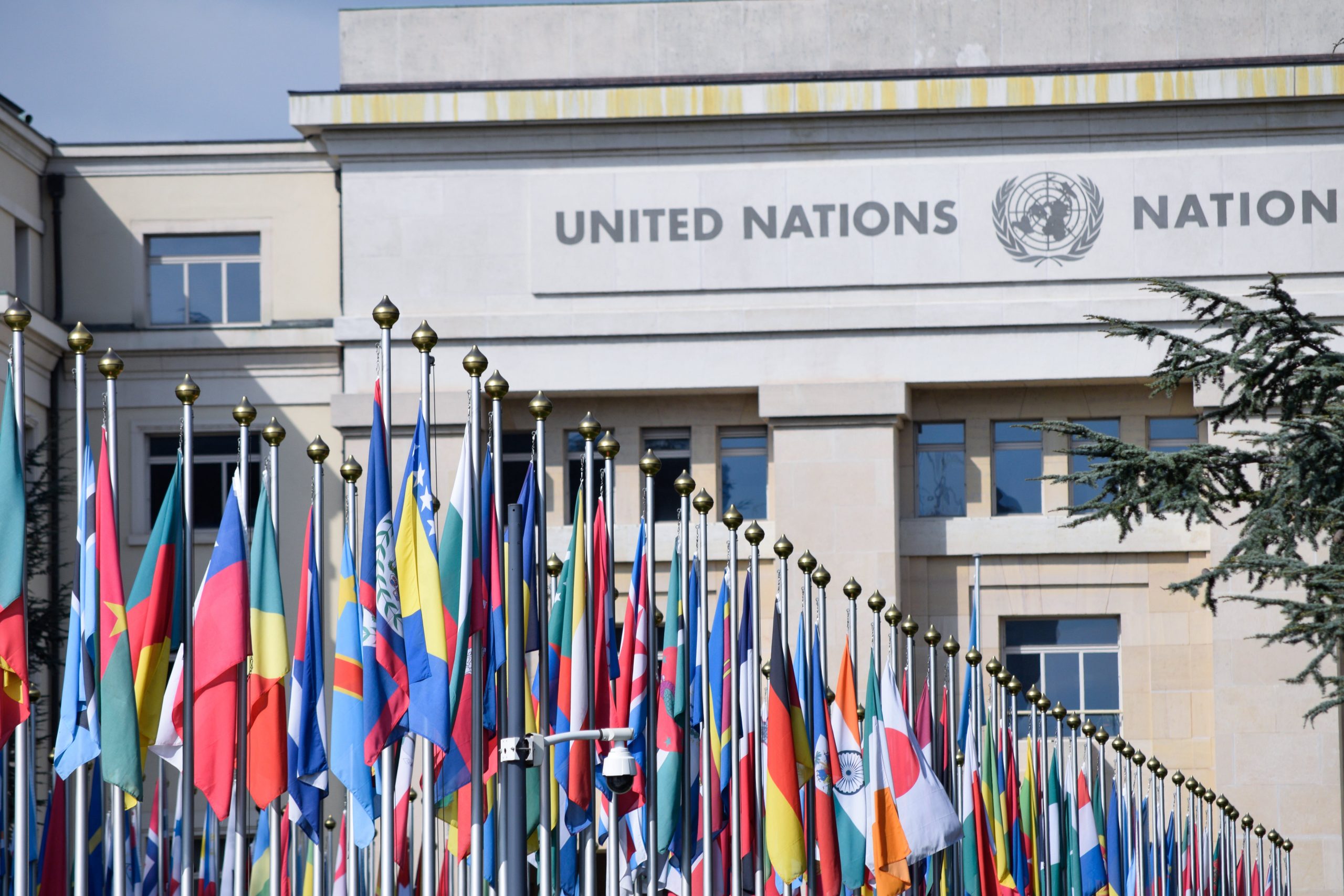
A woman wearing a mask shopping at grocery store. Image by Anna Shvets under Pexels license.
Psychology research suggests that crisis and uncertainty lead humans to think in stark binaries, which fuel division and polarization. We saw this early in the COVID-19 shutdown, as public health requirements stoked cultural divisions over personal autonomy and governmental control. In popular discourse, concern for public health and, conversely, focus on private sector well-being, became proxies for partisan affiliation. However, a recent study of business owners by the sociologist Ioana Sendroiu reveals how moral concerns supersede seemingly cut and dry political divisions between public health and profit motives. Using interviews of small business owners conducted at the beginning of the spring 2020 lockdown, Sendroiu demonstrates how business owners negotiate uncharted moral minefields in surprising ways.
As a global public anxiously adjusted to the new pandemic reality in the spring of 2020, Sendroiu conducted sixty remote interviews with small business owners in North America. Their businesses included gyms, spas, wholesale distributors, retail, and food service, all of which followed public health mandates.
One of the main findings of Sendroiu’s study is that, Saying his business had a responsibility to the community, for example, one California small business owner closed before stay-at-home orders went into effect. Multiple respondents suggested that being a good business owner meant prioritizing their employees’ health. Businesspeople from Georgia to Manitoba shared examples of noncompliant customers who openly defied public health restrictions and quarantine measures. In the face of uncertainty and a public health emergency, closing up became the only option to prioritize employees’ wellbeing. In all of these examples, doing the right thing was just as important as making money.
Not all businesspeople cited altruistic reasons for closing. Many adopted pragmatic logics that recognized the changing business model of pandemic-era commerce. Having experienced a decline in business and revenue in the weeks leading up to the shutdown, some businesses reduced operations or shifted to entirely online operations. Even in these cases, however, small business owners often talked about the moral pressures and responsibilities that operated alongside financial pressures. As one California business owner who mentioned revenue loss as her primary motivation put it: “we don’t want to be a part of the problem.”
Amidst the uncertainty, fear, and polarization of 2020, business leaders made unprecedented, moral decisions that would affect the health of others. And their decisions as to whether or not to close their business played out in less partisan and polarized ways than the sensationalized coverage of politics would suggest. According to Sendroiu, crises, or “unsettled times marked by widespread uncertainty,” such as the Coronavirus pandemic reveal how uncertainty can produce multiple, competing interpretations of reality, and lead people to choices that are less self-interested (and more altruistic) than we might otherwise assume or expect.










